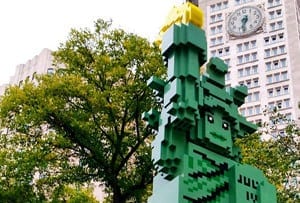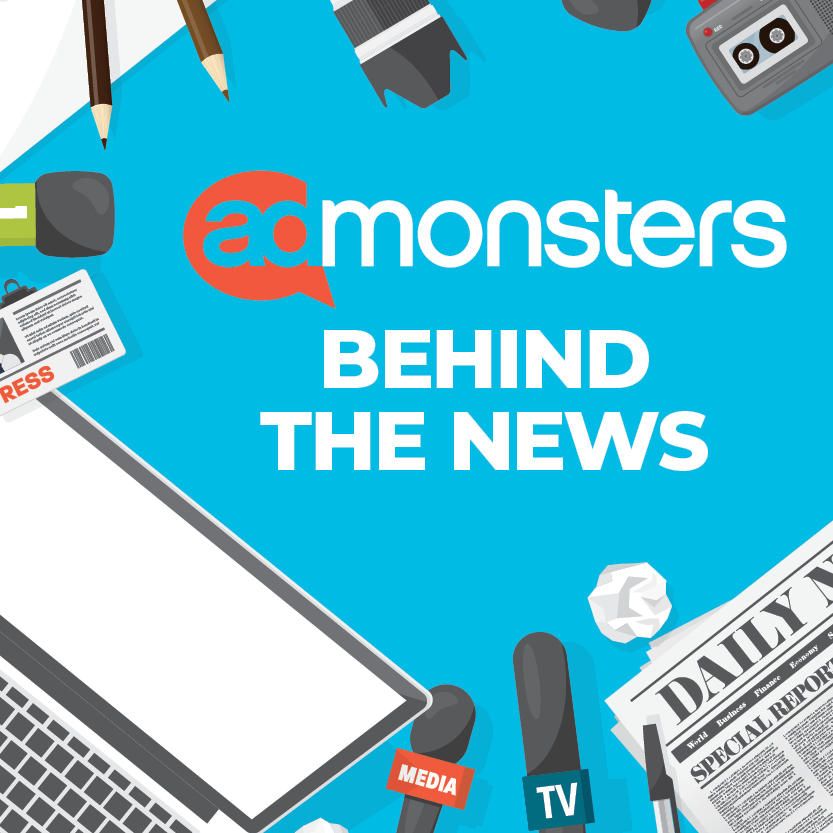 Inspiring the builders of tomorrow as well as the purchases of today is key to the architecture of Lego’s content marketing plan.
Inspiring the builders of tomorrow as well as the purchases of today is key to the architecture of Lego’s content marketing plan.
Lego has 89 retail stores in North America, says Danielle Chabot, Lego Group’s marketing operation manager, direct to consumer, North America, and an 18 person team manages the marketing activities for those U.S. and Canada outposts.
For Lego, content is defined as physical materials that can be touched as well as experiences that can be felt, she said, noting the latter could be things like building events in-store. Then there are also digital experiences that can be seen, such as stop motion videos of mini figures going trick-or-treating.
Speaking at the Direct Marketing Association’s &Then conference in Boston, Chabot noted that each retail store has many iconic features, such as the pick-a-brick wall, where builders of all ages can select individual Lego bricks for their projects. The stores also feature “Digibox” augmented reality cameras, which allow shoppers to scan product boxes and see features of a set come to life.
Stores host monthly mini-build events, as well as Lego Club meetings for builders who have paid a membership fee to join. The retail stores and Shop.Lego.com also offer the Lego VIP program, which gives members early access to purchase new sets and points for every dollar spent, redeemable for discounts off future purchases.
In the past, just about every Lego store globally looked the same—and for fans and the brand, this wasn’t a bad thing. But for the debut of a store in New York’s Flatiron District last year, it knew the store needed a different vibe. There was already a New York flagship store at tourist heavy Rockefeller Center. Lego knew it would attract more NYC locals to the Flatiron location further downtown, so it wanted to engage the neighborhood right from the start.
The largest-ever master builder event—a Lego model of the Statue of Liberty—was staged in nearby Madison Square Park. Students from local elementary schools were invited to help build the base and a Lego flower fundraiser for the park was also staged.
There were plenty of photo opportunities and giveaways with purchase, such has limited edition sets, figures and t-shirts. A different giveaway was offered every day, resulting in repeat visits from customers who wanted to get the items and see the progress of the Statue of Liberty build.
Lego got quite a bit of free media for the event from mommy bloggers and local community sites, and leveraged unexpected partnerships from local businesses. The long lunch lines from the nearby Shake Shack often mingled with the Lego lines over the weekend. The two brands had fun together—enthusiastic diners would pose their shake cups and bags with the oversized Superman and Teenage Mutant Ninja Turtle Lego figures outside, and at the end of the grand opening weekend Lego presented Shake Shack with Lego replicas of their iconic burger and cup.
Typical store grand openings are on a smaller scale, noted Chabot. Consumers are often asked to vote online for which Lego model they’d like to see at the event.
Lego also generates store excitement with other events, such as celebrating May the 4th, the unofficial international holiday celebrating Star Wars.
Builds of vehicle from the science fiction franchise are held, and Lego promotes special giveaways, ranging from posters and Yoda ears to exclusive mini figures and other gifts with purchase.
For a look at the B2B side of Lego, read our exclusive profile on Lego Education.



